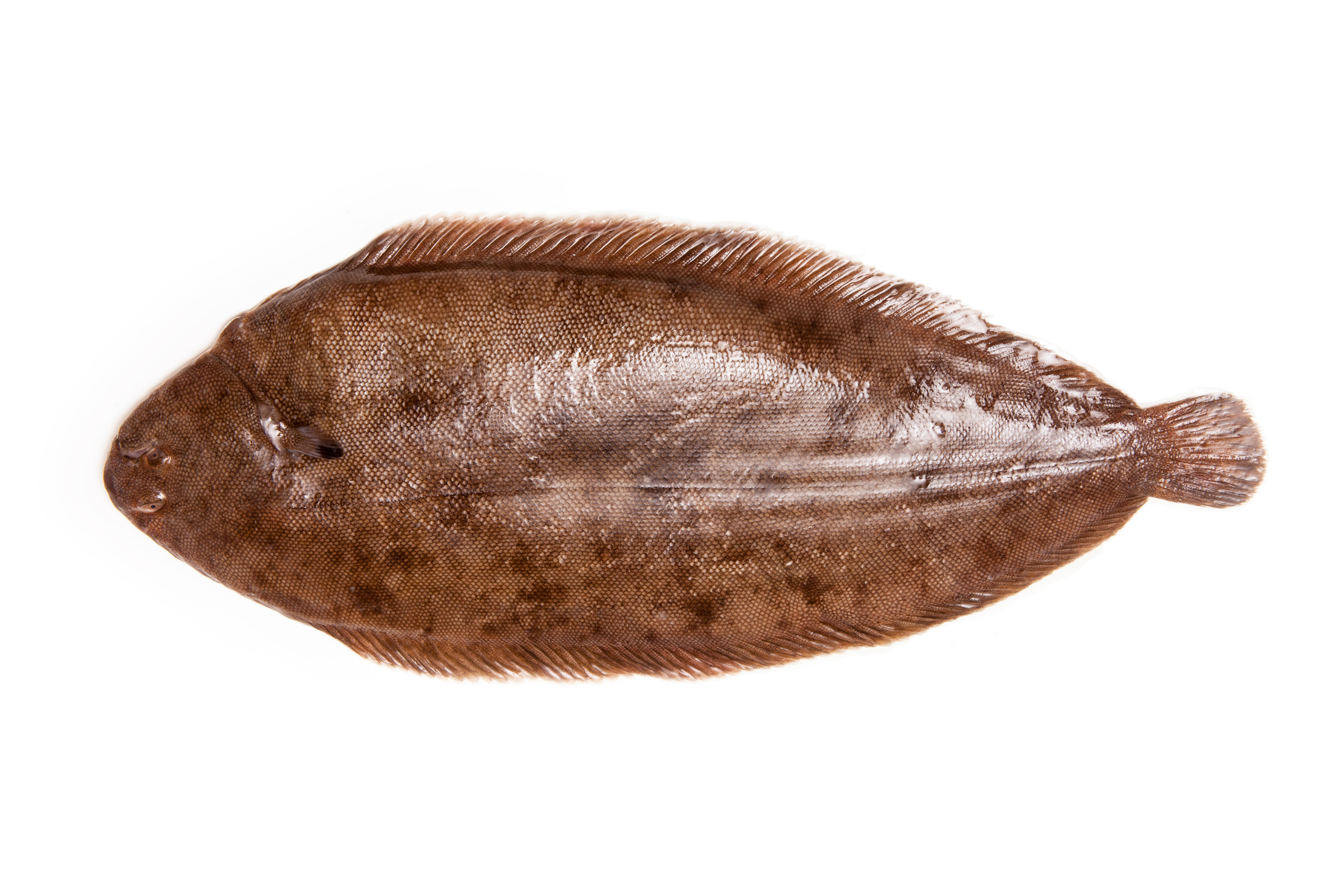Biology and Characteristics

Sole fish, belonging to the order Pleuronectiformes, exhibit distinctive physical and biological traits that set them apart from other fish species. Their unique adaptations and characteristics contribute to their survival and success in their respective habitats.
The sole fish, a flatfish that inhabits the sandy and muddy bottoms of the ocean, is a culinary delicacy prized for its delicate flavor and flaky texture. Its culinary versatility extends from simple pan-frying to elaborate preparations in haute cuisine.
However, the sole fish also has a curious connection to the world of basketball, where the term “pike” is used to describe a specific type of pass. The pike basketball meaning refers to a pass that is thrown high and long, allowing the receiver to catch it in stride and continue their momentum towards the basket.
Just as the sole fish gracefully glides through the water, a well-executed pike pass can propel a basketball player towards their scoring opportunity with precision and elegance.
Sole fish possess a remarkably flat body shape, which is asymmetrical with both eyes located on the same side of the head. This unusual body structure allows them to rest and swim along the seabed, effectively camouflaging themselves from predators and preying on unsuspecting organisms.
The sole fish, with its flat body and bottom-dwelling nature, is a creature of the depths. Its culinary value is renowned, its delicate flavor a testament to its pristine environment. Yet, in the realm of basketball, a different kind of sole takes center stage.
The “pike” in pike basketball refers to the technique of blocking an opponent’s shot , a maneuver that requires agility and precision. Like the sole fish navigating the ocean floor, the pike basketball player commands the court, controlling the flow of the game with their defensive prowess.
Anatomy
Sole fish have a slender, elongated body covered in small, cycloid scales. Their fins are typically positioned on the upper side of their body, with the dorsal fin extending from the head to the tail and the anal fin running along the lower edge of the body. The pectoral fins are located on either side of the head, while the pelvic fins are situated ventrally.
Sole fish, with its delicate flesh and mild flavor, is a culinary delight. Yet, in the realm of flatfish, there exists a close cousin with an equally enticing taste: the skate fish. Skate fish boasts a firm, meaty texture and a slightly sweet flavor, making it a popular choice for grilling, roasting, or frying.
Despite their differences, sole fish and skate fish share a common ancestry, reminding us of the diverse tapestry of the ocean’s bounty.
Habitat and Diet
Sole fish are primarily found in marine environments, inhabiting sandy or muddy bottoms of coastal waters and estuaries. They are generally bottom-dwelling fish that feed on a variety of organisms, including small fish, crustaceans, and worms. Some species of sole fish are known to migrate long distances during spawning season.
Reproduction
Sole fish typically reach sexual maturity between 2 and 5 years of age. They exhibit a complex reproductive behavior, with males and females forming pairs during the breeding season. Fertilization occurs externally, and the eggs are released into the water column. The larvae hatch after a few weeks and undergo a metamorphosis, transforming from a symmetrical to an asymmetrical body shape.
Culinary Applications

Sole fish is a versatile culinary delight, prized for its delicate flavor and tender texture. Its mild, slightly sweet taste makes it a favorite among seafood enthusiasts, lending itself to a wide range of cooking techniques.
The versatility of sole fish shines in its adaptability to various cuisines. It can be grilled, pan-fried, baked, or steamed, each method enhancing its unique qualities.
Recipes and Cooking Techniques
One classic preparation is sole meunière, where the fish is dredged in flour and pan-fried in butter, resulting in a crispy exterior and a melt-in-your-mouth interior.
For a more flavorful experience, sole can be grilled with a lemon-herb marinade, infusing it with a zesty and aromatic flavor.
Nutritional Value and Health Benefits, Sole fish
Beyond its culinary appeal, sole fish is a nutritional powerhouse. It is an excellent source of lean protein, essential vitamins, and minerals, including omega-3 fatty acids, which are crucial for heart health.
Consuming sole fish regularly can contribute to a balanced diet, supporting overall well-being and reducing the risk of chronic diseases.
Commercial and Cultural Significance: Sole Fish

Sole fish, esteemed for their delicate flavor and culinary versatility, hold significant commercial and cultural value across the globe.
Fishing Methods and Conservation
Sole fish are primarily harvested using bottom trawling, a method that involves dragging a large net along the ocean floor. However, this technique can lead to bycatch and damage to marine habitats. Sustainable fishing practices, such as gear modifications and closed seasons, are being implemented to protect sole populations and ensure their long-term viability.
Commercial Importance
- Europe: Sole fish are highly prized in European markets, particularly in France, Spain, and the United Kingdom, where they are considered a delicacy.
- Asia: Sole fish are popular in Asian cuisine, especially in Japan, Korea, and China, where they are often used in sushi, sashimi, and soups.
- North America: In the United States, sole fish are commonly found on menus in restaurants specializing in seafood.
Cultural Significance
Sole fish hold cultural significance in various societies:
- Religious Symbolism: In Christianity, sole fish are associated with the apostle Peter, who was a fisherman. The symbol of two crossed keys, often depicted with a sole fish, represents the keys to heaven.
- Culinary Traditions: In many cultures, sole fish are considered a special delicacy, served on festive occasions and celebrations.
- Art and Literature: Sole fish have been depicted in art and literature throughout history, often symbolizing wealth, abundance, and good fortune.
The sole fish, with its flat, oval body, glides effortlessly through the water. Its graceful movements resemble the smooth execution of a floater definition basketball , a shot that arcs gently towards the hoop. As the sole fish navigates the depths, its body language reflects the poise and precision of a seasoned basketball player.
The sole fish, with its flat, oval body and delicate flavor, is a culinary delight. Yet, beneath the tranquil waters, there lurks a formidable predator: the pike fish. With its sharp teeth and lightning-fast reflexes, the pike is a master of ambush, striking fear into the hearts of smaller fish.
But even in the face of such danger, the sole fish perseveres, its resilience a testament to the wonders of the marine ecosystem.